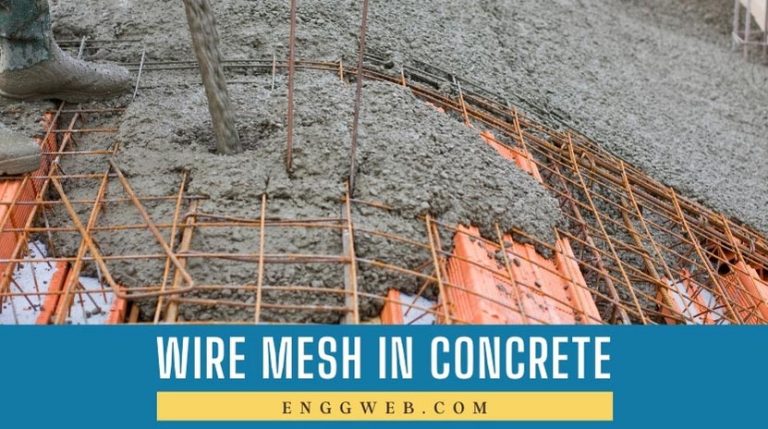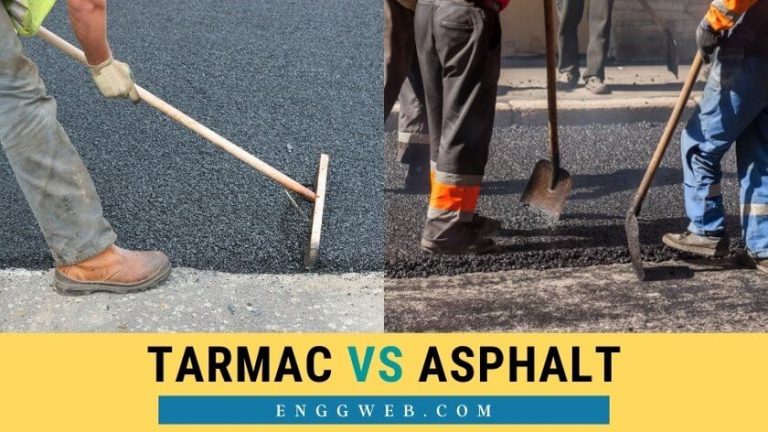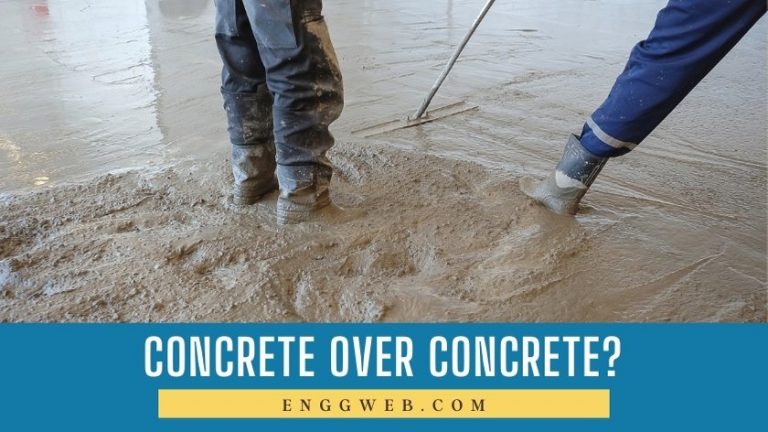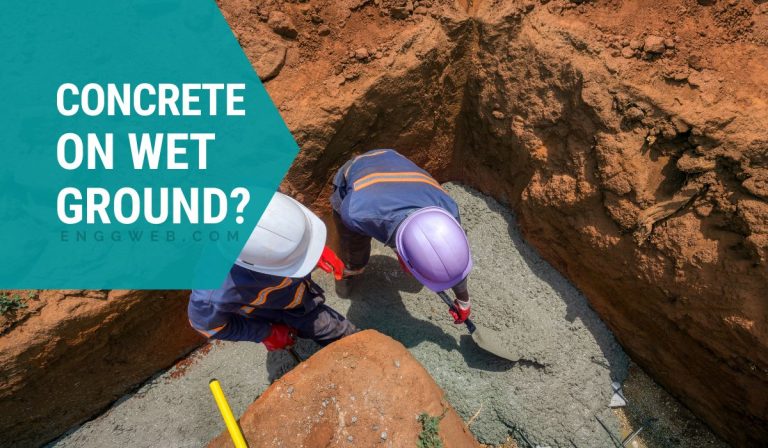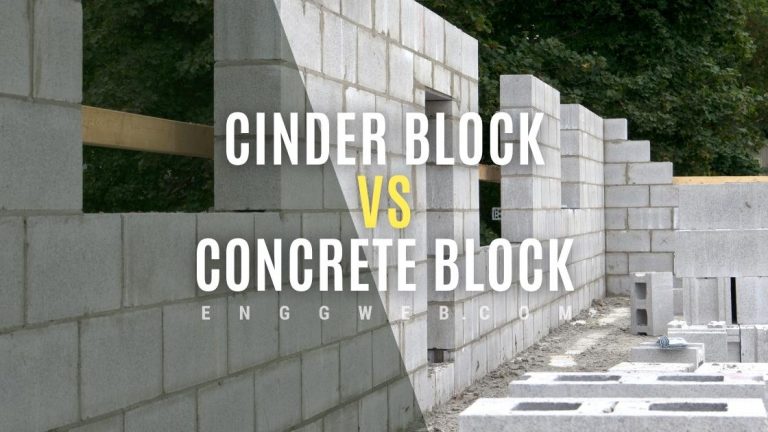Concrete Block Manufacturing
Concrete blocks are widely used in construction applications. How are they made, and what are the critical factors governing the process?

Contents
Manufacturing Process
Concrete blocks are made in various shapes and sizes. Still, the basic principle governing how they’re made remains the same: a relatively dry mixture of cement, aggregate, and water is consolidated under pressure in a block press, after which it’s left to harden and dry. Once this process is complete, the block is ready for use.
Various factors influence this process to a lesser or greater extent and should be accounted for. These include the mix design, the block press’s functioning, and prevailing weather conditions. The hydration reaction is negatively affected when the unconsolidated mix design or the green blocks are too hot or cold or exposed to wind. The resulting product could be of low quality.
Mix design
The mix design for concrete blocks consists of cement, aggregate (sand and stone), water, and chemical admixtures. All of these have a notable effect on the resulting blocks. Thus we’ll look at each in turn.
The overarching principle that governs this mix-design is mobility. The fresh concrete mixture is relatively dry since it must maintain shape once pressed in the block press. If the mix is too wet, the concrete will slump, ruining the block. If the mix is too dry, it will not consolidate adequately and thus be too porous. This poor consolidation considerably decreases the block’s compressive strength, rendering it useless. When the mix design contains high-quality materials mixed in the correct proportions, it is fluid enough to consolidate well in the block press but dry enough to maintain its shape once pressed.
Cement Used in Concrete Blocks
There are various types of cement available on the market. These are typically categorized according to the compressive strength reached at 28 days, based on standardized tests, and the extenders used, if any.
Ordinary Portland Cement (the typical cement we use in construction) contains only cement, no extenders, and is usually classified as a 52.5N. This cement paste reaches a compressive strength of 52.5 MPa when mixed and cured under standardized conditions. The N denotes standard setting times, while R would indicate rapid setting – that does not apply to this article.
Some types of cement contain extenders, such as fly ash, slag, and silica fume. These extenders decrease the cement’s cost and slow down the setting times. Typically, this would affect the standardized compressive strength, bringing it down to 32.5MPa or 42.5 MPa.
For block-making applications, it is best to use types of cement rated at 42.5 or 52.5 since this provides adequate strength gain. Strength gain occurs during the hydration reaction between cement and water.
Concrete Block Aggregate
The aggregates used in block making are sand and small stones. The sand can be natural river or pit sand, or crusher sand, while the stones could be pebbles from a river bed or crushed rock. European countries use more aggregates sourced from rivers, while arid regions use more crushed aggregates. This preference is based on local availability.
River sand and pebbles tend to be smooth and rounded, offering greater mobility to the mix design. They act as marbles or ball bearings in the mix design, rolling over each other during the consolidation process.
Crushed aggregates tend to be angular or flaky, leading to less mobility in the mix design. Angular aggregates don’t roll easily, like a block doesn’t roll as readily as a ball. Here, the mix design will require more water to facilitate mobility, which affects its ability to maintain rigidity once molded in the block press.
The aggregate’s particle size distribution is also essential. River sands tend to be single-sized, with all particles falling within a narrow band of sizes. In contrast, the size distribution in crushed aggregates is easily altered and relatively well controlled.
Single-sized aggregates don’t offer as much mobility and the ability to consolidate as those with a more even size distribution. When particles of various sizes are present in the mix design, the smaller particles fill in the void between the larger particles, rolling over each other in the process. This distribution offers greater consolidation and decreases the voids between the particles. These factors contribute to greater strength and dimensional stability in the resulting product.
The choice between river-sourced or crushed aggregates is often based on finances since the mix design can be tweaked and optimized to suit the materials used.
Water Ratio
Water is an essential part of the mix design. Without it, there will be no hydration reaction and thus no strength gain and dimensional stability. Potable water is typically suitable for concrete applications. When the water intended for block-making is not potable, it should be tested for impurities. When present in small quantities, some impurities will not adversely affect the block-making process. Others will harm the process, mainly if it includes organic material, clay, salt, chlorines, glucose, or other sugars.
Organic material, clay, and glucose have a retarding effect on the hydration reaction. When present in sufficient concentrations, they could negate the hydration reaction altogether. Salt and chlorines accelerate the hydration reaction and could lead to flash setting or a false set. Both of these are detrimental to the final product’s quality.
Importance of Admixtures
Admixtures are a crucial element in modern concrete block manufacturing. Typically, two types of admixtures are included in the mix design: water-reducing or plasticizing admixtures and air entrainers.
Plasticizers
Plasticizing admixtures increase the mix design’s fluidity without adding more water. Old generation plasticizers had limited water-reducing capability and would retard setting times when used at high dosages. This is because they typically used glucose as the active ingredient.
Modern plasticizers are polymer-based and typically don’t affect the setting times. The polymer structure for these admixtures looks like a comb, consisting of a backbone with little “teeth” sticking out. When they come into contact with cement, the backbone would adhere to the cement particle. The “teeth” would point away from the particle, pushing against the “teeth” pointing from other cement particles. This keeps the cement grains from each other, increasing the mix’s mobility.
As the hydration reaction occurs, the cement particle crystallizes and grows, effectively swallowing the admixture molecules stuck to them. At high dosages, new molecules would adhere to the particles, extending mobility slightly. Once the molecules are entirely swallowed, the hydrated cement crystals interlock, forming a rigid network.
Overdosing polymer-based admixtures will typically not adversely affect the setting time. It will increase the mix’s mobility to the point of segregation, though. In this state, the concrete can’t be placed in a block press. Luckily, this situation is temporary. If the concrete is continuously mixed at a low speed, the polymer molecules will get swallowed by the hydrating cement particles, thus decreasing mobility. While this often tests the nerves of plant operators, you can wait until the mobility decreases to acceptable levels and continue the block-making process as usual.
Air Entrainers
Air entraining admixtures trap tiny air bubbles in the mix design. These are microscopic and not large enough to cause cavities in the mix design. They are typically larger than cement particles but smaller than the smallest aggregate particles. Effectively, this adds another layer to the particle size distribution in the mix design, improving mobility.
The entrapped air bubbles are round, like marbles in the mix design. This allows particles to roll over each other more efficiently, thus improving the mix’s mobility and ability to consolidate well in the block press.
Over-dosing air entrainers negatively affect the resulting structure’s compressive strength. 6% entrained air can decrease the compressive strength by up to 1%. For this reason, you must follow the manufacturer’s guidelines and dosage instructions.
Block Press – The Concrete Block Making Machine
A block press is a hydraulic-powered machine that is used for molding concrete blocks. Various types of block presses are available, differing in size and function. The block press you use affects the concrete mix design and downstream processes. Some block presses require wetter mixes, while others work better with extremely dry mixes.
The “egg-layer” is the most commonly used brick press for small-scale operations. This type of block press has a hopper containing fresh concrete. From here, the concrete is fed into a tray of block molds placed directly in the ground. Once in place, a weight bears down on the blocks, consolidating them to form green concrete blocks. The entire machine is raised and wheeled forward to lay another set of blocks when the weight is lifted.
To complete a run, the egg layer requires a long stretch of clean, hard ground, often covered with tarpaulin. The blocks are left in place until they are sufficiently cured to be removed to storage. Since this operation typically takes place outside, the blocks would be covered with plastic sheets to protect them from the elements.
With the egg layer, the production rate is governed by the tray’s size and the operator’s speed. It is pretty slow, though.
Large-scale block-making equipment is varied and quite robust. A typical industrial block press can produce up to 283000 blocks per 9-hour shift. These machines are set up indoors in a warehouse setting. A large mixer, typically a pan mixer, would mix the fresh concrete, depositing it into a large hopper. It is fed to a block press with a tray of block molds. Here, the blocks are vibrated at a high frequency and tamped from above to ensure optimal consolidation.
Once consolidated, the green blocks are released onto a conveyor belt, which moves them to a curing facility. When the curing is complete, the blocks are packaged and shipped to their final destination.
Typically, egg-layer block presses require wetter concrete mix designs since the consolidation force applied isn’t as high as in the industrial setting. Since industrial block presses incorporate high-powered machinery, they work better with dry concrete mix designs.


